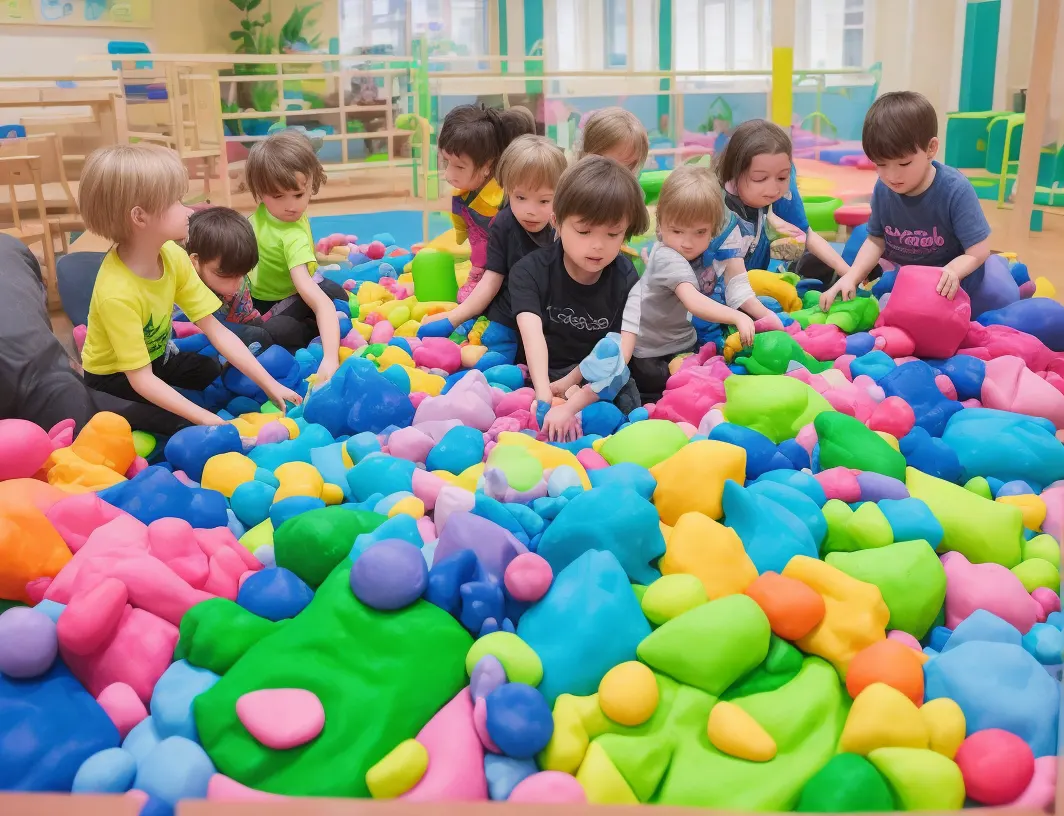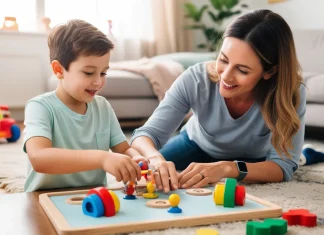Unlocking the World of Sensory Play for Children with Autism
Autism spectrum disorder (ASD) affects millions of children worldwide, and one of its hallmark characteristics is sensory processing difficulties. Children with autism often experience challenges in processing sensory information from their environment, which can lead to sensory overload or sensory-seeking behaviors. As parents, caregivers, and educators, it’s crucial to understand the importance of Kids Autism Sensory Activities in the lives of these children. In this article, we will explore the world of sensory play and how it can positively impact kids with autism.
Understanding Autism

Autism is a neurodevelopmental disorder that affects communication, behavior, and social interactions. Children with autism perceive the world differently, and their sensory processing is often atypical. Sensory processing involves how the brain receives, interprets, and responds to sensory information from various senses such as sight, sound, touch, taste, and smell.
What is Sensory Processing?
Sensory processing is the brain’s ability to organize and make sense of the information it receives from the senses. For kids with autism, this process can be overwhelming or underreactive, leading to sensory challenges. Some children may be hypersensitive to certain stimuli, while others may seek intense sensory experiences.
Common Sensory Challenges in Kids with Autism
Children with autism may face several sensory challenges, including:
- Auditory Sensitivity: They may be sensitive to loud noises or certain frequencies of sounds.
- Tactile Sensitivity: They may be uncomfortable with certain textures, fabrics, or touch.
- Visual Sensitivity: They may struggle with bright lights or visually crowded environments.
- Taste and Smell Sensitivity: They may be highly sensitive to certain tastes or smells.
- Proprioceptive and Vestibular Sensitivity: They may have difficulty with body awareness and balance.
Benefits of Sensory Activities for Kids with Autism

Sensory activities play a crucial role in helping children with autism develop important skills and cope with sensory challenges. These activities offer various benefits, including:
Developing Sensory Skills
Engaging in sensory play helps children improve their sensory processing skills. Through exposure to different textures, tastes, and sounds, they can gradually learn to process sensory information more effectively.
Reducing Sensory Overload
Sensory activities provide a safe and controlled environment for kids with autism to explore their senses. By gradually introducing sensory experiences, children can learn to manage sensory overload and reduce anxiety.
Best Sensory Activities for Kids with Autism

There are numerous sensory activities that can be both fun and beneficial for children with autism. Here are some of the best activities to try:
Sensory Play with Textures
Fill a container with various textures like rice, sand, or beans, and let your child explore the different sensations through touch.
Sensory Play with Colors
Create a sensory bin with colored water or non-toxic finger paints to engage your child’s visual senses.
Sensory Play with Sounds
Introduce musical instruments or simple sound-making toys to encourage auditory exploration.
Sensory Play with Movement
Swinging, jumping on a trampoline, or spinning in a chair can provide sensory input for proprioceptive and vestibular development.
Sensory Play with Nature
Take your child for a nature walk, allowing them to experience the sights, sounds, and textures of the outdoors.
Creating a Sensory-Friendly Environment
It’s essential to create a sensory-friendly environment both at home and in educational settings to support children with autism. Here are some strategies:
Sensory-Friendly Home Modifications
Minimize clutter and bright lights, designate a quiet space, and provide sensory-friendly furniture like bean bags or crash pads.
Sensory-Friendly Classroom Strategies
Teachers can incorporate sensory breaks, flexible seating options, and fidget tools into the classroom environment.
Parent’s Role in Sensory Development
As parents, understanding and supporting your child’s sensory needs is vital. Here’s how you can help:
Identifying Sensory Needs
Observe your child’s behaviors and responses to different stimuli to identify their sensory sensitivities and preferences.
Building Sensory Activities into Daily Routines

Integrate sensory play into your child’s daily routine to make it a regular part of their life.
Conclusion
Kids Autism Sensory Activities are powerful tools for children with autism to navigate the world around them. Through various sensory experiences, these activities help them develop important skills, reduce sensory overload, and promote overall well-being. As parents and caregivers, embracing sensory play can create a positive impact on the lives of these incredible children, helping them thrive and reach their full potential.
FAQs
Q1: Can sensory activities completely cure autism in kids? A1: No, sensory activities cannot cure autism, but they can significantly improve a child’s sensory processing skills and overall quality of life.
Q2: Are there sensory activities suitable for non-verbal kids with autism? A2: Absolutely! Many sensory activities are non-verbal and can be enjoyed by children with limited communication abilities.
Q3: How often should I incorporate sensory activities into my child’s routine? A3: It’s best to integrate sensory activities regularly into your child’s routine to make it a consistent and beneficial experience.
Q4: Can sensory activities be helpful for children with other developmental disorders? A4: Yes, sensory activities can benefit children with various developmental disorders by improving sensory processing and emotional regulation.
Q5: Are there any safety concerns I should be aware of when doing sensory activities? A5: Always supervise sensory activities and ensure they are age-appropriate and safe for your child’s abilities and needs.



























